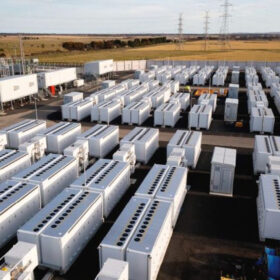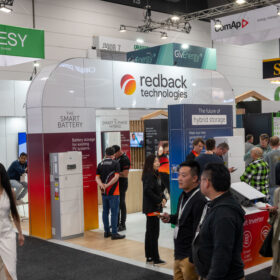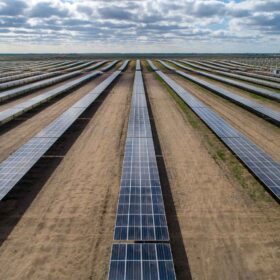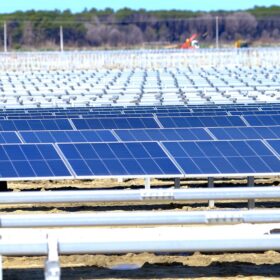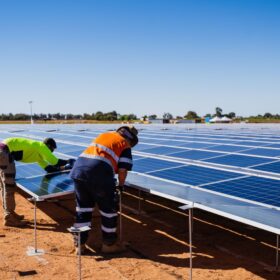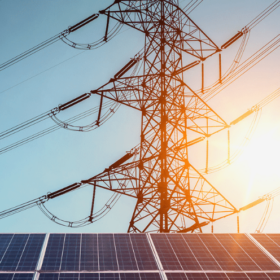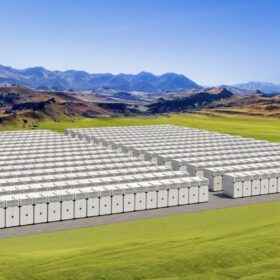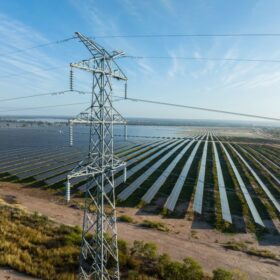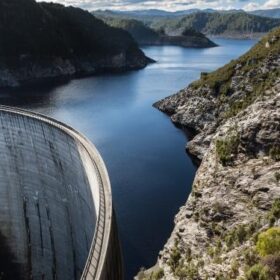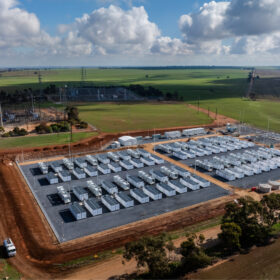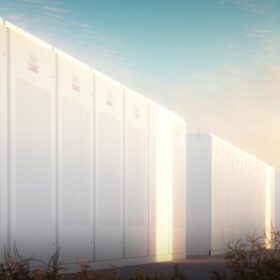Weekend read: Australia’s big BESS, big bet
As Australia’s big battery fleet continues to charge ahead, the battery revenue stack is evolving – and so are financing opportunities.
Redback offers early look at latest hybrid battery during All-Energy
Queensland battery company Redback Technologies offered a first look at its latest generation hybrid battery storage product at All-Energy this week, flagging it will offer special discounts to early customers when the product officially hits the market in Q2, 2024.
NSW targets 3,000 GWh of renewable generation in latest tender round
New South Wales will be seeking 3,000 GWh of annual generation in the latest tender aimed at delivering new wind and solar generation and storage facilities as the state transforms its coal-reliant energy system.
MPower strikes panel, tracker supply deal with Trina Solar
Australia’s MPower has inked a supply deal with China-headquartered manufacturing giant Trina Solar that will support the ongoing rollout of the renewables developer’s portfolio of mid-scale solar power and battery energy storage projects.
Climate jobs campaign warns skills shortage threatens energy transition
Australia needs 200,000 more people in clean economy jobs by 2030, or risks missing its renewable energy targets according to a new campaign backed by Australian tech billionaire Mike Cannon-Brookes.
Spain rockets to fourth in global utility-scale solar listing
Spain recorded more than 20 GW of installed solar capacity at the end of last year, according to recently published data from Wiki-Solar. The website’s founder claims that the country is becoming a PV powerhouse as utility-scale developers increasingly roll out projects.
Revived SEC targets 4.5 GW of renewable generation and storage
Victoria’s State Electricity Commission is officially back as an active energy market participant with the state government revealing the publicly owned enterprise will invest an initial $1 billion (USD 630 million) to help fast-track the delivery of 4.5 GW of new renewable energy and storage projects.
Acciona, Stanwell ink offtake deal for 380 MW Aldoga Solar Farm
Stanwell Corporation has signed a long-term offtake agreement with Spanish renewable energy developer Acciona Energia to purchase 100% of the output from the proposed Aldoga Solar Farm to power a 3 GW green hydrogen project being developed near Gladstone on the central Queensland coast.
Powin and Hitachi Energy form strategic alliance for power control systems
Hitachi Energy will take majority ownership in eks Energy, a power electronics and energy management solutions provider.
Queensland to legislate public ownership of energy assets, renewables targets
Queensland’s transition from a reliance on coal-fired power to renewables has taken a step forward with the state government tabling a new bill in parliament that locks in its commitments to public ownership in the energy system and renewable energy targets.
